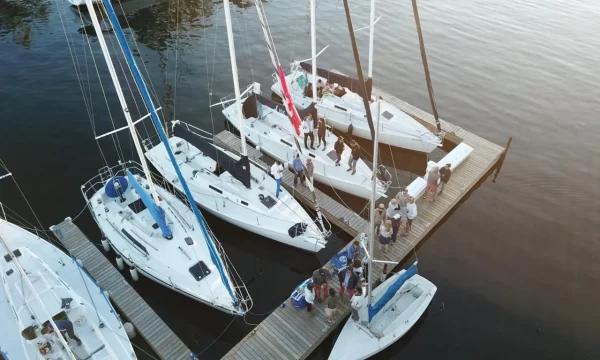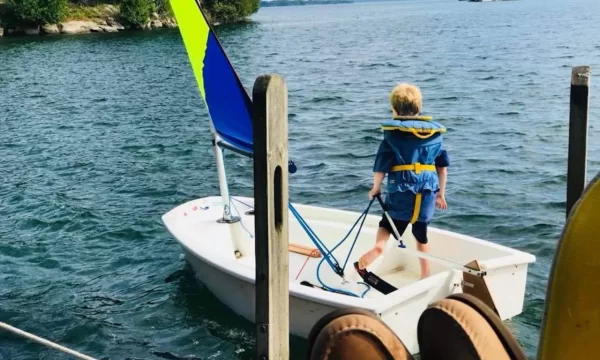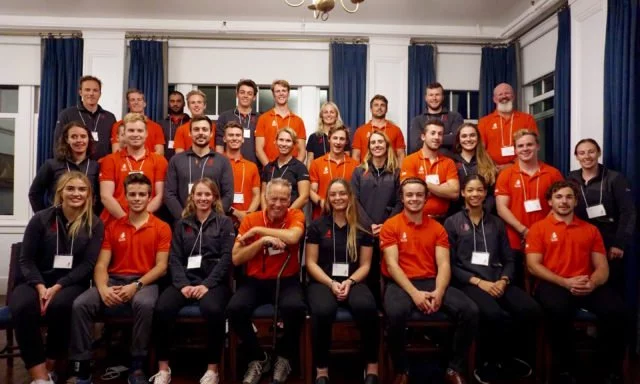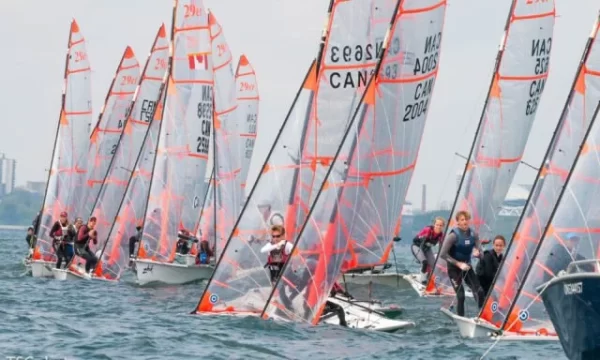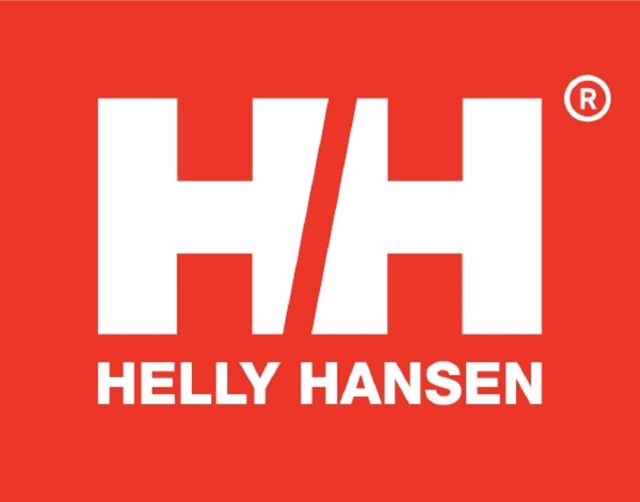STABILITY SCREENING
There are many types of races ranging from trans-oceanic races beyond the reach of any outside rescue facility to inshore races of short duration where rescue boats are available along the entire race course
OVERVIEW
In the Offshore Special Regulations (OSR), World Sailing has divided these into 7 categories (see OSR 2.01). Under OSR 3.04 World Sailing prescribes the stability screening requirements for offshore category 0 through 3 races.
The International Standards Organization (ISO) has created a standard for sailboats of hull length no less than 6m, ISO 12217-2 with design categories (A to D) for different types of sailing. These may be used as a general guide to suitability for meeting the OSR categories (see table 1). When choosing the OSR category, race organizers should consider the maximum conditions for the ISO design categories.
Note that compliance with any of the screening systems mentioned herein does not guarantee total safety or total freedom of risk from capsizing or sinking.
Table 1
Summary of Maximum Design Category Conditions under ISO 12217-2
| ISO Category | – | A | A | B | C | D |
| OSR Category | 0 | 1 | 2 | 3 | – | – |
| Significant wave height* | – | 7 | 7 | 4 | 2 | 0.5 |
| Wind in Beaufort scale | – | 10 | 10 | 8 | 6 | 4 |
| Wind in knots | – | 55 | 55 | 40 | 27 | 15 |
*Height in meters. Some waves will be double this height.
*Ocean Navigator published an informative article discussing which waves pose a danger to a boat.
ISO considers category 0 races as special cases for which race organizers specify the criteria.
If sustained conditions meeting or exceeding these are forecast or encountered, race organizers should consider postponing or abandoning the race.
Note that some one-design classes may specify other limits which should be followed.
STABILITY SCREENING SYSTEMS
Under OSR 3.04 the precedence for monohull stability screening systems is:
- ISO 12217-2
- Where compliance with ISO 12217-2 cannot be demonstrated:
- use the following values taken from Table 2, below:
- minimum STIX; and
- minimum AVS; and
- use the following values taken from Table 2, below:
- minimum m*AGZ; or
- the minimum ORC stability index taken from Table 3, below; or
- the minimum IRC SSS base value taken from Table 4, below.
Sail Canada prescribes that where m*AGZ is unavailable, or if 2) b) or 2) c) above is used, the boat shall have a minimum “m” taken from Table 2, below.
ISO 12217-2
Any boat, no matter where it was built, sold in the European Economic Area (EEA) since June 15, 1998, is required to have undergone a certification process involving many ISO standards. The standard germane to this discussion is ISO 12217 Part 2 ( ISO 12217-2 ).
STIX, AVS, m*AGZ, m
The Stability IndeX (STIX), Angle of Vanishing Stability (AVS) and minimum righting energy m*AGZ are the 3 measures which are required under ISO 12217-2. Boats independently verified as meeting those minimum values are assigned an ISO category as summarized in table 2.
In the initial publication of ISO 12217-2, minimum sailing mass “m” was the precursor to m*AGZ. Since m is much easier to find that m*AGZ, Sail Canada prescribes its use where m*AGZ cannot be found.
Table 2
Corresponding ISO 12217-2 Minimum Values
| OSR Category | 0 | 1 | 2 | 3 | ||
| ISO Category | – | A | A | B | C | D |
| STIX | – | 32 | 32 | 23 | 14 | 5 |
| AVS | – | 130-0.002m but always ≥100° |
130-0.002m but always ≥100° |
130-0.005m but always ≥95° |
90° | 75° |
| Minimum Righting Energy m*AGZ | – | 172,000 kg metre degrees | 172,000 kg metre degrees | 57,000 kg metre degrees | – | – |
| Minimum Sailing Weight (m) | – | 3,000 kg | 3,000 kg | 1,500 kg | – | – |
IMS, ORC and ORR
In addition to using the hull shape to determine the rating, the International Measurement System (IMS) based rules such as Offshore Racing Congress (ORC) and Offshore Racing Rule (ORR) calculate a STaBility IndeX (STBIX).
For races using ORR the minimum STBIX values published by ORR and duplicated in table 3 below may be accepted provided the boat also meets the minimum “m” from table 2.
Table 3
ORC/ORR Minimum STBIX
| OSR Category | 0 | 1 | 2 | 3 | 4 |
| STBIX | 120 | 115 | 110 | 103 | – |
Table 4
Minimum SSN
| OSR Category | 0 | 1 | 2 | 3 | 4 |
| SSSN | – | 35 | 28 | 15 | 10 |
Unlike the STIX and ORR systems, SSSN estimates stability from rather basic parameters as compared to the rigorous and detailed process used by the other systems. As such it should only be used where other screening numbers are unavailable.
SSSN is not intended, nor should be used, for unconventional boats including those with moveable ballast, wings or excessive flare.
Resources
ISO 12217-2: Boats sold in Europe and Canada typically have a capacity plate with the CE mark.
ISO 12217-2: Many boats marketed in North America will state on their website that the designer declares that the boat meets an ISO category.
STIX, AVS etc.: IRC certificates will indicate these values if they’re available. The IRC website also posts a selection of values.
ORC, ORR STBIX: ORC and ORR certificates indicate the ORC/ORR stability index.
IRC SSS base value: IRC certificates will indicate this if the STIX values are unavailable
SSS: Sail Canada maintains a list of SSS values. Contact offshore@sailing.ca for further information.
SUMMARY
Sail Canada recommends that stability screening should be required for category 0 through 3.
REFERENCES
Note that compliance with any of the screening values listed herein does not guarantee total safety or total freedom of risk from capsize or sinking. Under Racing Rules of Sailing rule 3 “The responsibility for a boat’s decision to race or to continue racing is hers alone”.

